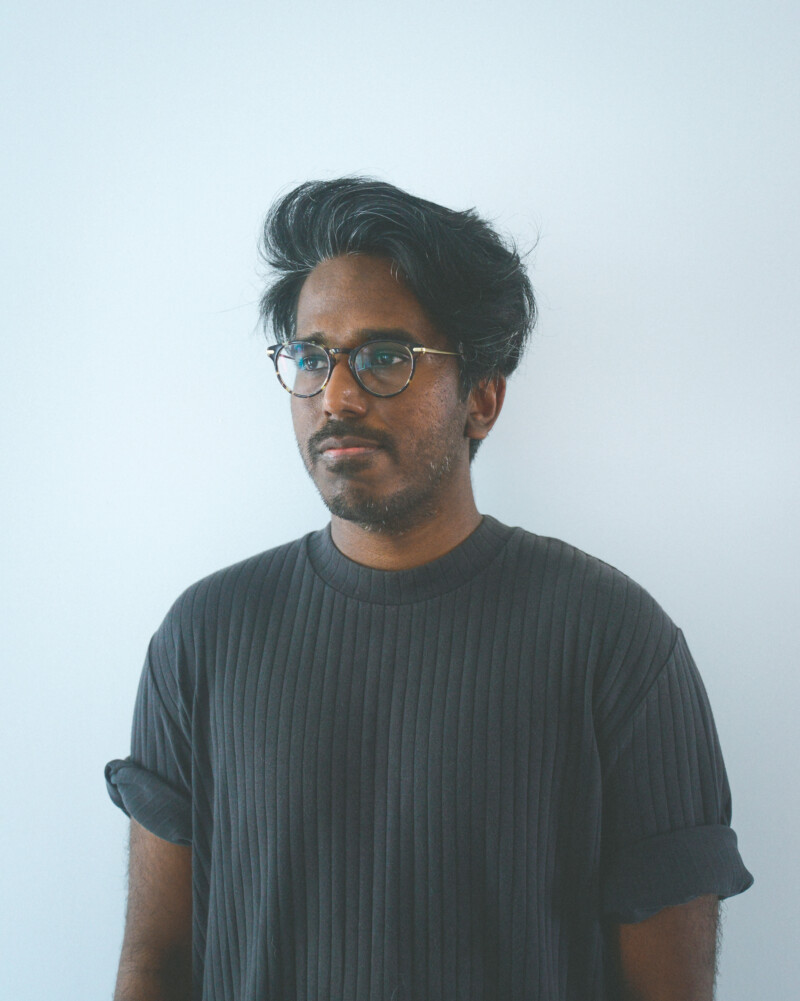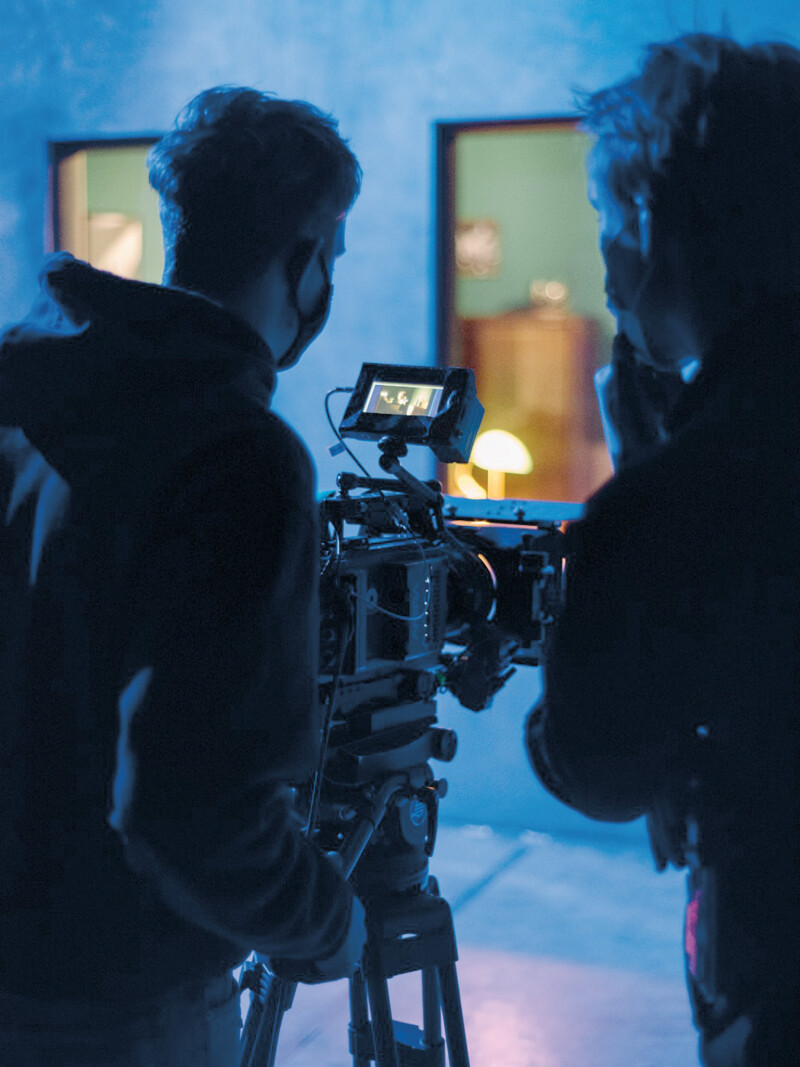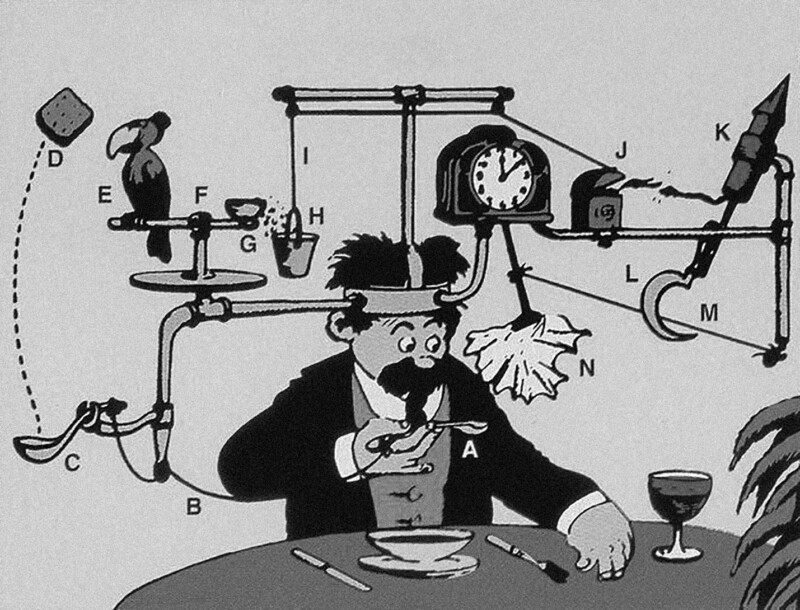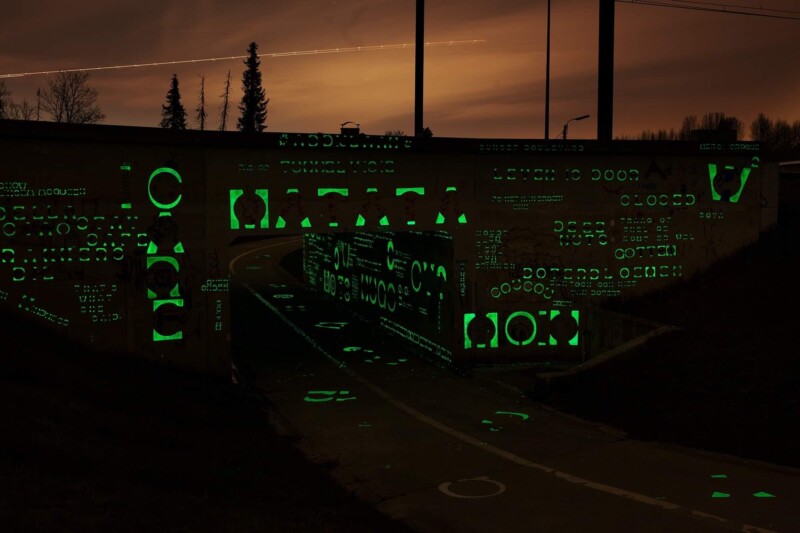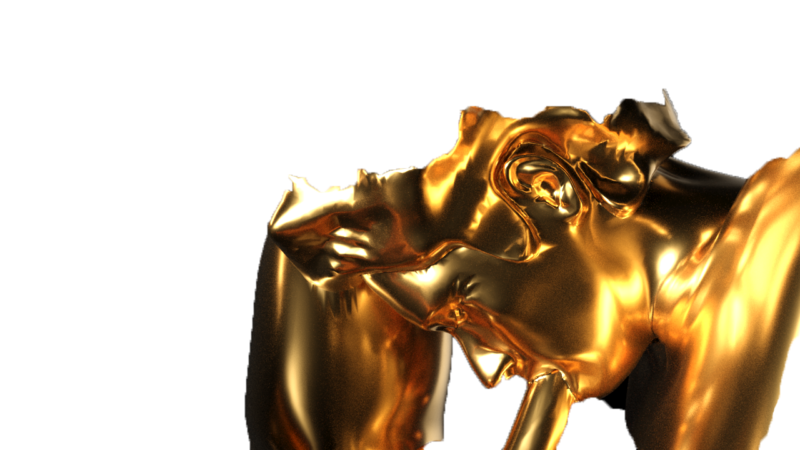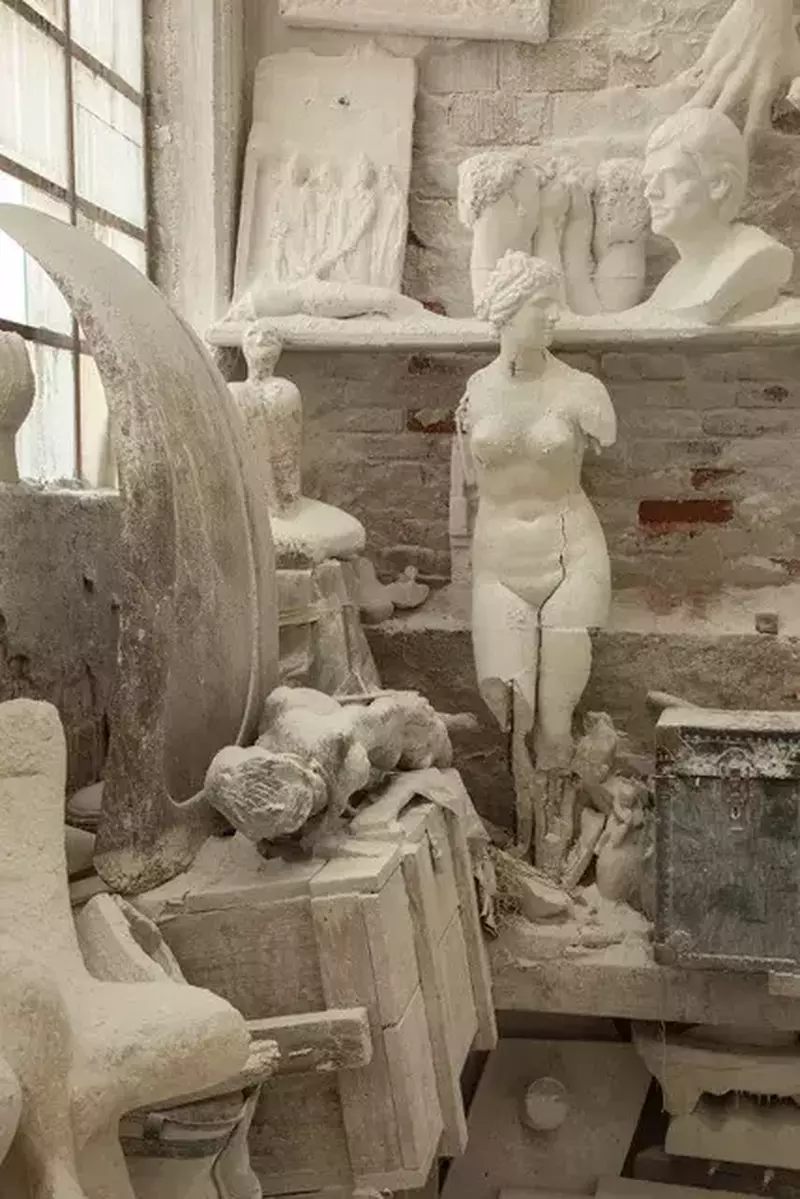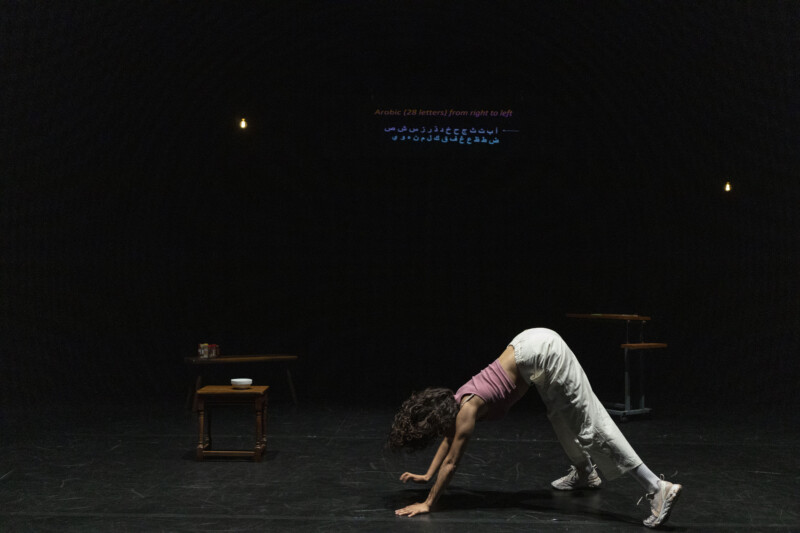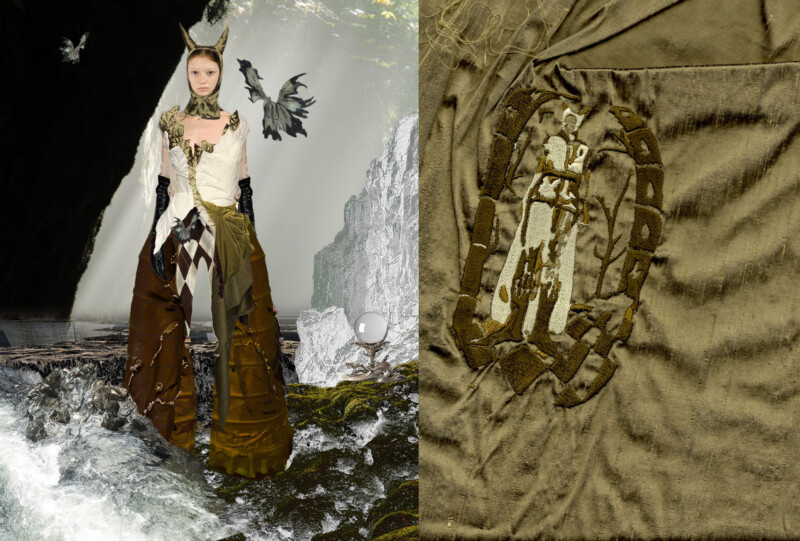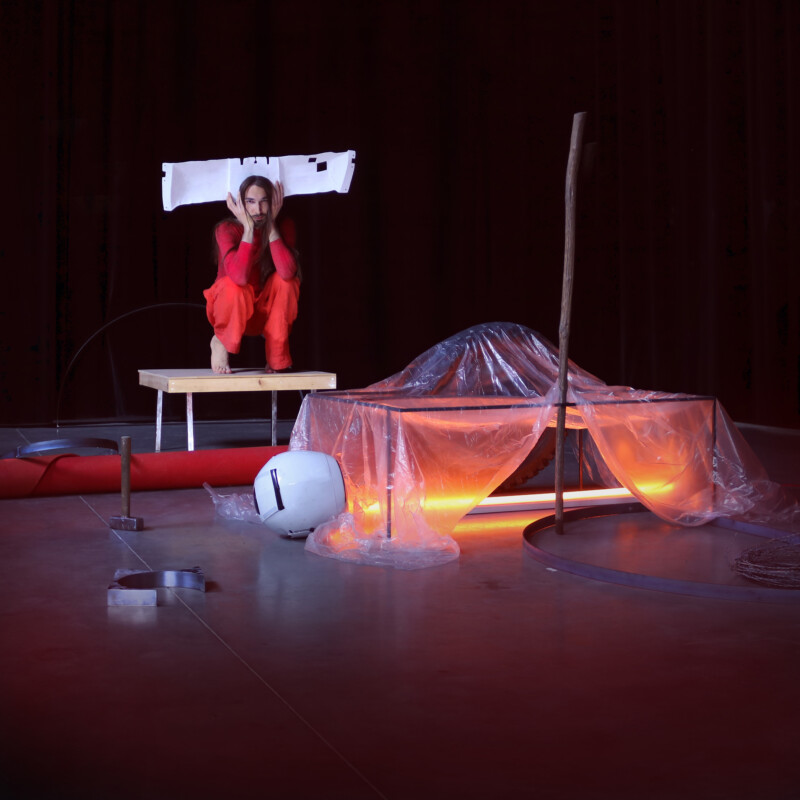Frank Hollinga
Deconstruction of a reconstruction

Musical instrument making student Frank Hollinga builds a Cristoforipianofortereplica. So many letters in a row, that calls for a little deconstruction. So we are talking about a reconstruction of a pianoforte by a certain Bartolomeo Cristofori.
Crash course in instrumentation studies: first there was the harpsichord, then the pianoforte, then the contemporary piano. Quick course in word origins: piano (It. soft) is a shortening of pianoforte, pianoforte (It. soft sound) is a shortening of Gravecembalo col piano e forte, and gravecembalo, which in turn is Italian for harpsichord. So simple? Of course not. The word piano derives from the Indo-European *pleh₂-, which in addition to several sound shifts underwent a metaphorical expansion from flat to soft. Get it? In the same way, the family of keyboard instruments has more descendants than we led you to believe just now. In short, we present it all a bit simpler than it really is.
*
In historical linguistics, the asterisk signifies the hypothetical, reconstructed character of a language.
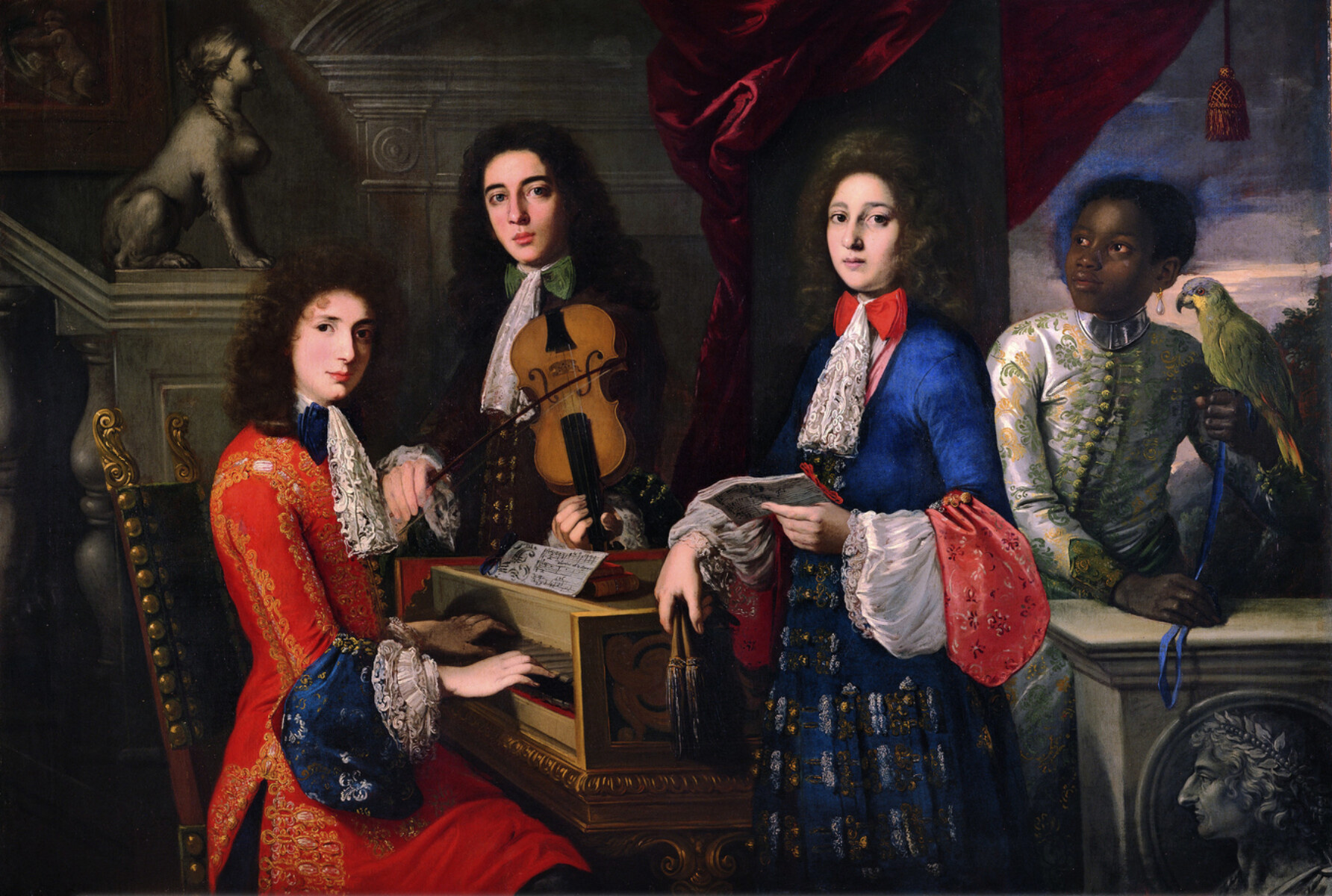
Anyway, that loud and soft play an important role in the history of keyboards is clear from the above. Essential to the story is undoubtedly the invention of the pianoforte. Unlike its predecessor, the harpsichord*, the instrument was equipped with a hammer mechanism, making dynamic differences possible for the first time. Irreverently, pling pling became plong PLONG. The importance of that (r)evolution, however, is hard to overestimate. After all, what would the sonatas of Haydn, Mozart and Beethoven be without dramatic fortissimos, subdued piano passages or counterpoint emphasis?
*
No joke: the harpsichord is actually a mechanical lute, but louder.
It is precisely because of its volume that it drove earlier and more expressive instruments off the major stages.
Inventor of the pianoforte was Italian instrument maker Bartolomeo Cristofori (1655-1731). Three of these instruments survived. The oldest dates from 1720, but was considerably modified over the centuries. A pity, thought Frank Hollinga. As a master project, he therefore went to The Met in New York and mapped the instrument there. Combining the measurement results with historical research, he arrived, albeit with the necessary restraint, at the blueprint of an instrument as Cristofori must once have intended it. This brand-new ‘oldest’ pianoforte in the world is currently being recreated by Frank in a workshop on the Lower Polder. We let him speak for himself.
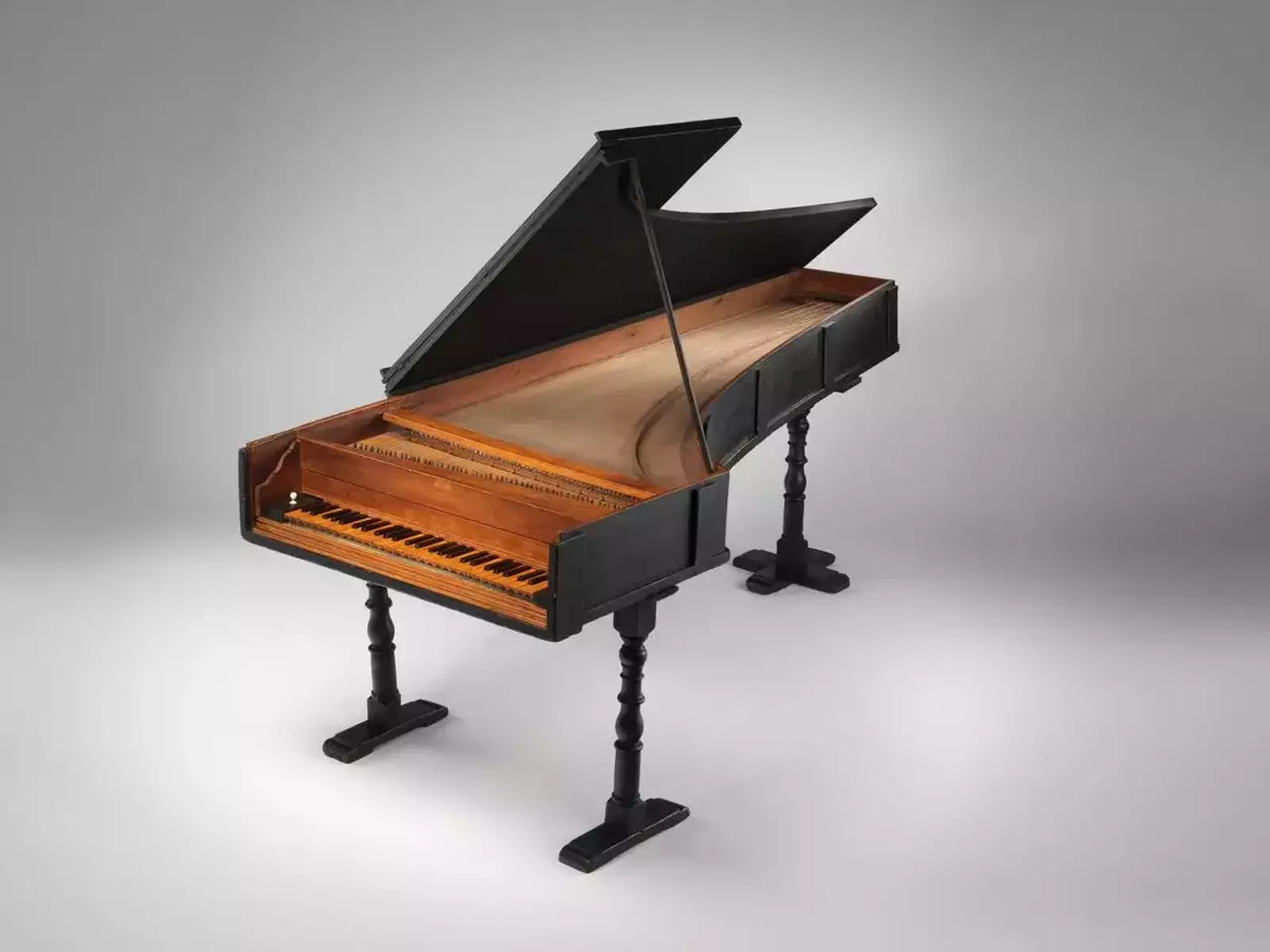
FRANK HOLLINGA
We find the very first mention of the pianoforte in an inventory of the de' Medici family's collection of instruments from the year 1700: “Arpicembalo di Bartolomeo Cristofori di nuova inventione, che fa' il piano, e il forte”. However, we only gain insight into the earliest developments of the instrument in a 1711 article by Scipione Maffei in the Giornale de'letterati d'Italia: “Nuova invenzione d'un Gravecembalo col piano e forte (...)”. It shows a sketch of Cristofori's first archaic hammer mechanism.
Other sources indicate that Cristofori must have begun his invention as early as around 1700. Unfortunately, only three fortepianos by his hand have survived. Besides the oldest from 1720, which I reconstruct, there is another from 1722 and 1726. Either way, Cristofori was clearly the father of the piano. As soon as his invention became widely known, the development of the piano gained momentum from the 2nd half of the 18th century onwards.
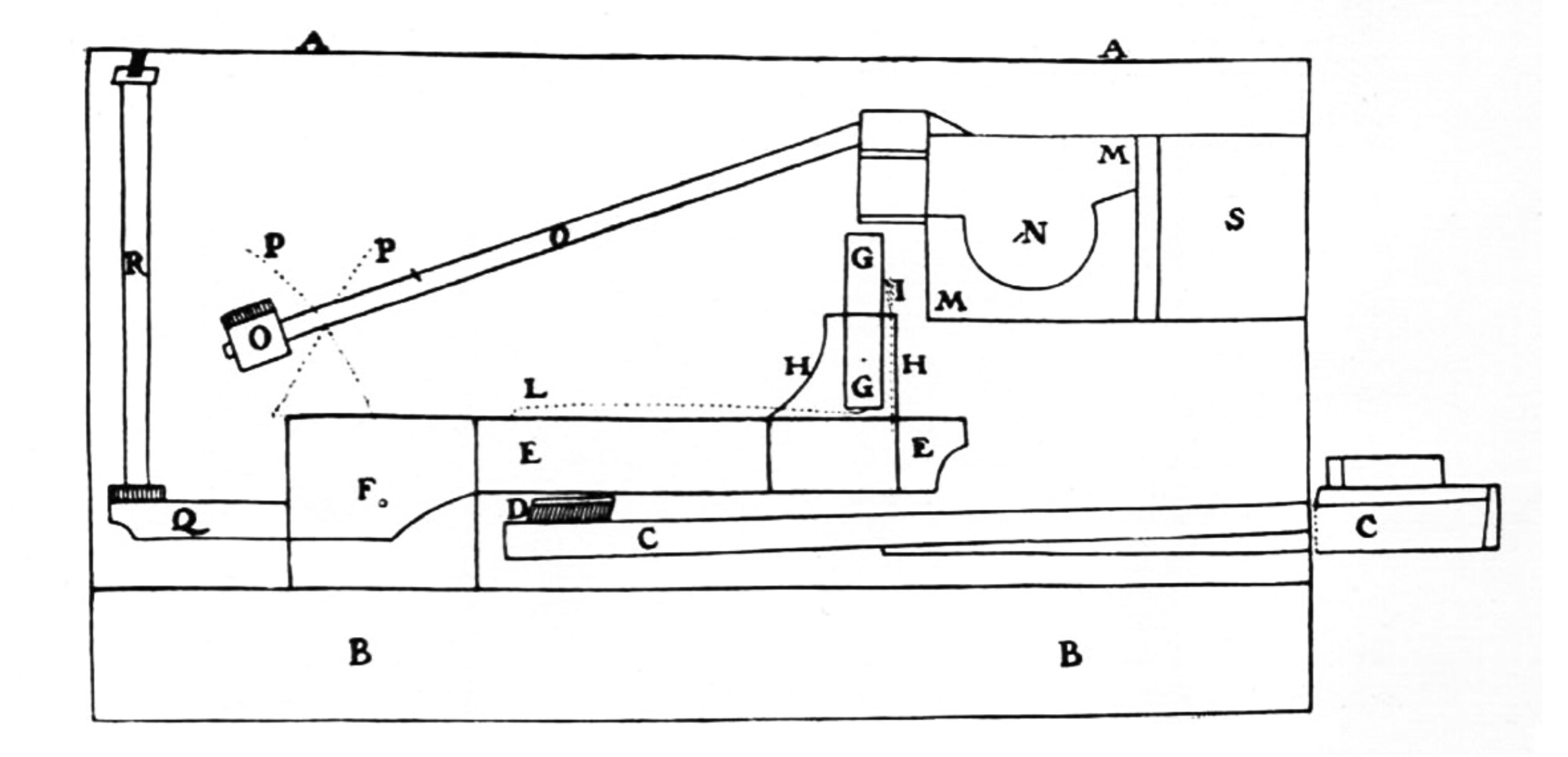
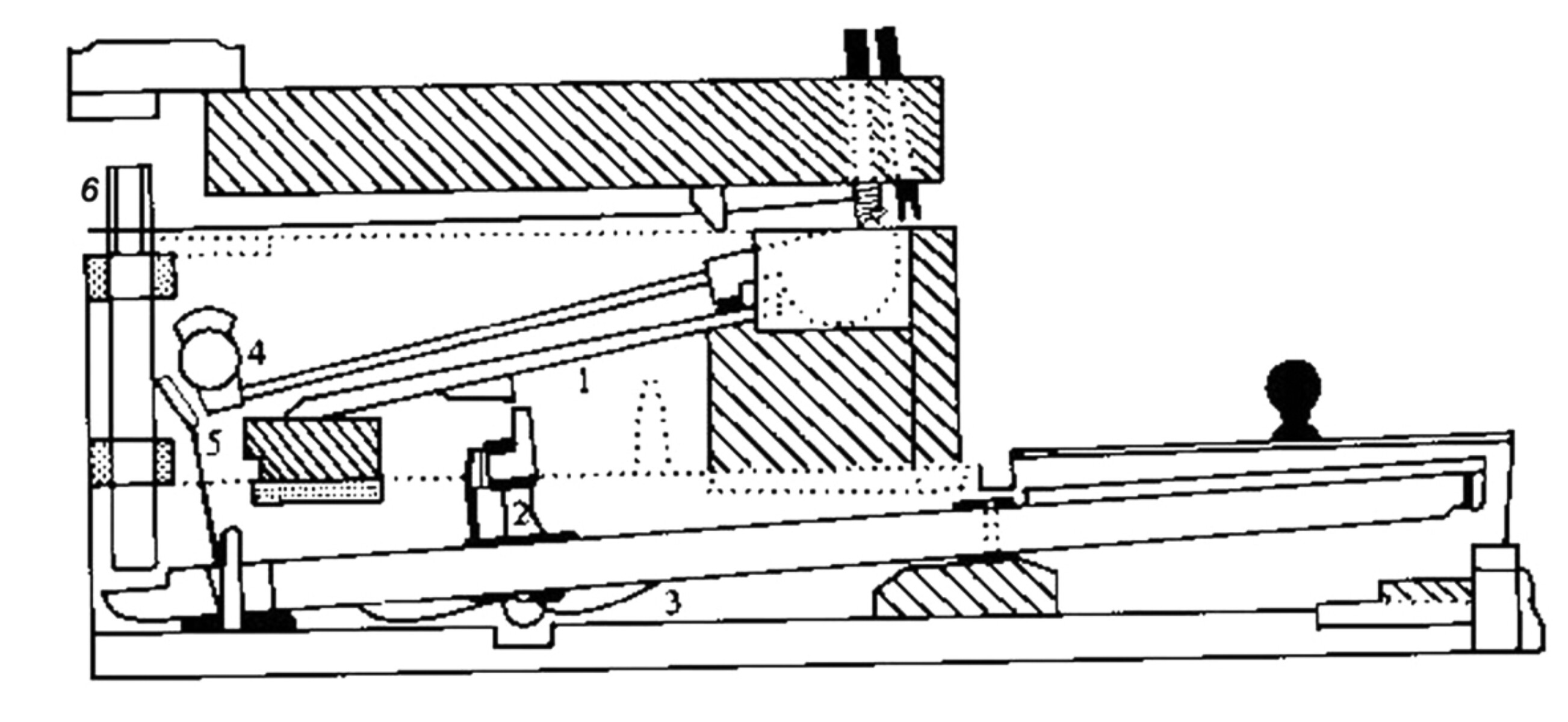
The project started with mapping the current state. Using the computer, hundreds of photos and calculations, I made a 1:1 drawing. The next step was to piece together the likely original state of the instrument. This was done using calculations and numerous comparisons with Cristofori's other instruments (7 signed, 3 attributed to him). These include the two youngest pianos, which are less modified than their 1720 predecessor. Knowledge of the developments of musical instrument construction and the historical context could obviously not be lacking. For instance, the range of this pianoforte (originally FF, GG, AA – c3) must have been considered limiting at the end of the 18th century, so the lowest five keys were sacrificed to extend the high register (current range: C-f3). That intervention obviously had major consequences for bridge and frame.
The main difference between the 1720 piano and the other two is the design of the piano mechanism (or hammer mechanism). As it stands, the keys are progressively shortened, from the bass to the discant. As a result, the whole design of the hammer mechanism is skewed. In the other two, it lies horizontally, or, in other words, parallel to the keyboard. My research, supervised by teacher Kerstin Schwarz, showed that this must also have been the case in the 1720 copy. This sheds light on Cristofori's late career as an instrument builder. He had a clear design in mind and later only experimented with various details to perfect his invention. This was all with a view to refining musical expressiveness, to render the music in the best possible way.
Text: Régis Dragonetti & Frank Hollinga
